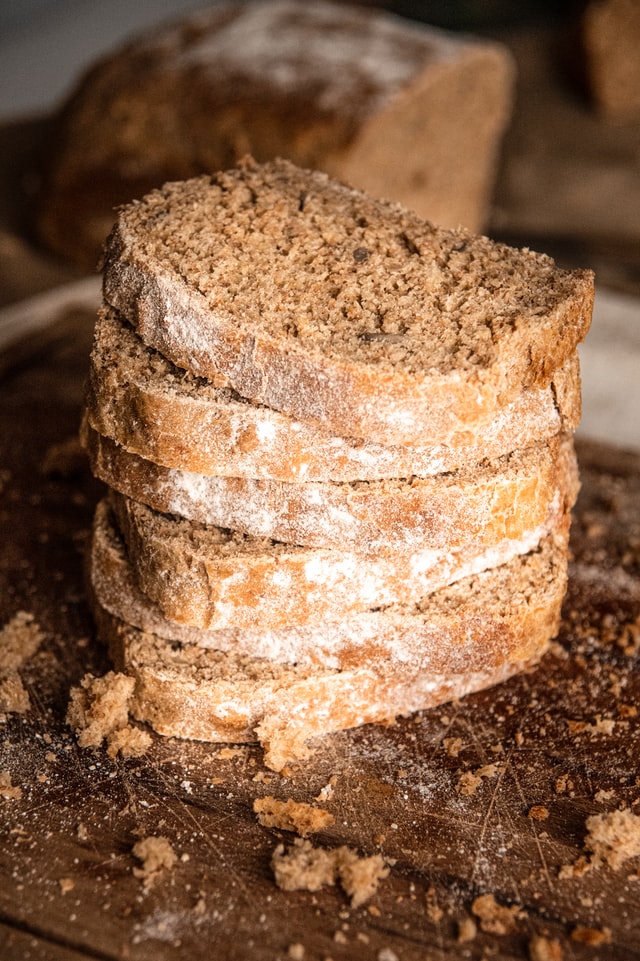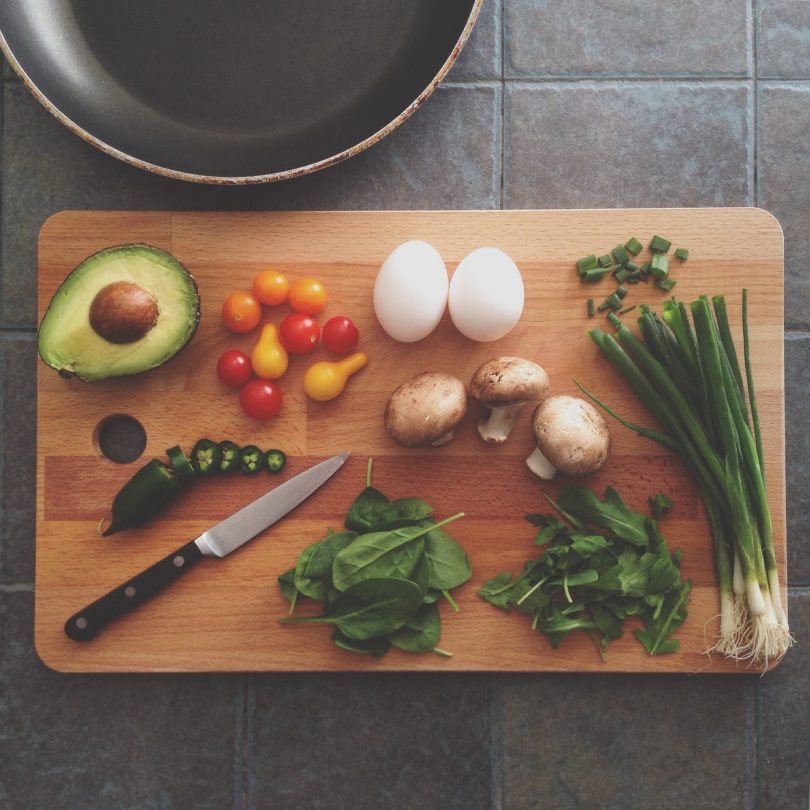‘Some patients at Luton and Dunstable Hospital’s obesity clinic are being offered a jab that aims to reduce appetite levels and make people feel fuller for longer’ (BBC News, 13 May 2022).
So, people do seem to accept that obesity is a seriously bad thing for their health and that ‘reducing appetite levels’ and eating less is what must be done to lose weight. But all this seems rather bossy and negative: ‘reduce appetite’, ‘eat less’, ‘lose weight’. True, to deal with the serious health hazards of obesity (heart disease, many cancers, diabetes etc – life or death stuff) you do need to do these things. It is claimed however that the obesity jab will only reduce your body weight by a maximum of 15%. So instead of letting someone inject you with something intended to do the job for you, but which may fall far short of what you are hoping for, why not try some strategies to help YOU do the job for yourself? Make the whole exercise positive, strengthening and self-affirming: your life, your lifestyle, your achievement. And the key thing is that you really can lose weight by substituting healthy eating for unhealthy. Here’s how.
The big problem is craving: ‘I know I must cut down on sugar and fat but here and now (mid-morning, Monday) I’d kill for a chocolate cookie; and if I struggle through without it until lunch time, I’ll be even more murderous for some chips (only a few, of course).’ It’s at this point that we have to make a bit of a speech to ourselves – because following the route we’re going to suggest is definitely harder than dropping into the clinic for a jab. So, the speech is this: ‘I really want to boss this weight thing. No, REALLY. And, I want to do it by learning to eat well – to eat in a way which is kind to me in all possible ways: my body, my mind and my spirit.’
Start with the craving. ‘I must have a …, and have it now.’ There really are different ways to satisfy the craving other than the chocolate biscuit or the chips. Note: ‘satisfy’, not ‘resist’. Basically, there are two ways: (1) eat something else; (2) eat it in a different way. Both ways need learning and a bit of practice, but a lot can be achieved in a week or two.
First, the ‘something else’
Try a piece of organic wholemeal bread or toast instead of the chocolate biscuit. You prefer white bread? – OK, white bread, but make it organic to keep out all those ‘forever’ chemicals we get from fertilisers and pesticides. You’re better on gluten-free? – fine but make it organic. (I’ll not say the organic thing again – but it applies right across the board.) ‘But’, you say ‘it’s crazy to think of a slice of bread (no dairy butter, but maybe nut butter or tahini) as a substitute for the chocolate biscuit.’ ‘Crazy? Why?’ ‘Because …. Well, it’s obvious: I fancy the chocolate, and I don’t fancy the bread.’ But you can learn to fancy it – in fact, to relish it. Like giving up sugar in tea – most of us have done that at some point – it takes a couple of weeks, but afterwards we’d never go back. And, of course, the bread instead of the biscuit can fill the hole (stop the craving) if you let it. I’ve laboured this bread example, but for ‘bread’ you can read brazil nuts or almonds, sunflower or other seeds, raw carrot or other raw veg or salad. Fruit’s a bit more delicate because some has a lot of sugar which for our purposes obviously needs watching. Look up ‘sugar content of fruits’ on Google.

Now the ‘different way’.
This is going to sound a bit wacky, but, hey, so what, if it works? And it does work. Try it. Try chewing your food like you’ve never chewed it before. A new study in the BMJ Open finds that people who eat slowly, rather than scarfing down their food, tend to weigh less [presumably because they eat less]. Try to chew each mouthful 30 times. Not just to break it up into bits you can manage to swallow, but to learn what it tastes like, what it feels like. Taste and texture. If it’s good stuff – organic (sorry), unprocessed – it’s worth reaching out for that taste and texture. And the more you reach out, the more you get. One thing you get is what you really want from that chocolate cookie – sweetness. ‘Sweetness’ – not sugary, but real and satisfying when you learn by eating in this different way. There are other great bonuses too: the more you chew, the better you digest (enzymes in the saliva), so the more you get out of what you’re eating. And the more you get, the less you want – the quicker you feel satisfied and that pesky craving is put back in its box for a time. This approach of course requires you to eat thoughtfully – you can’t concentrate and reach out for the flavour of your food if you’ve just snatched a quick meal in front of the TV.
Two other things: first, we’re talking here mainly about craving and snacking. What about the meals proper? Well, obviously, you need to think more broadly here, and you can start by looking at another article on this website: Eating for Health & Wellbeing. But the same approach applies as with the ‘something else’ and the ‘different way’, above.
Then, second, what about drink? Obviously, nothing full of added sugar and chemical ‘E’s’ (there’s lots of it about, not least in fizzy drinks, so read the label carefully). For many people a daily cup of coffee and a couple of cups of tea (tried green?) are OK. Same with the odd glass of wine. But the staple is (seriously) water. You can learn to love the water you drink just like you can learn to love the snack substitutes.

A big problem with tap water is chlorine. A filter tap (Franke or similar) which removes the chlorine does wonders for the taste and texture. Our plumber, when he’d installed our tap, tasted the first glass and said ‘Mmm. Crisp!’ And, dare I say it, I’ve come not only to relish (that word again) my water drink but to prefer it luke-warm (kinder than cold when it hits the stomach). Not suggesting you ‘fill up on water’. Don’t drink more than you feel you want/need. But, plainly, a glass of water does play its part in stopping-up the craving gap.
To quote the originator of the Hippocratic oath, ‘Let thy food be thy medicine.’ And increase its efficacy by the way in which you take it.
Main photo by Katie Smith on Unsplash



